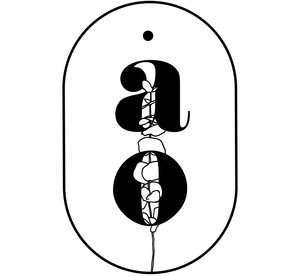Brought back into the limelight during the pandemic, puzzles are again all the rage! And for good reason too.
Having recently completed my own puzzle (you’ve got to quality check your own products right?) I am totally sold and get it. After doing some digging into the ‘why’ I loved it so much, I found out some really interesting research done in the area. So here are some surprising ways puzzles are good for your health and reason why they’re so satisfying.
It’s a workout for your brain
Doing a puzzles utilises both the right and left side of your brain, The two hemispheres of your brain control different functions. The left side of your brain is in charge of the analytic and logical thought processes whilst the right-side focusses on creative thinking and spatial reasoning. When you are working on puzzles, you have to engage both sides of the brain and therefore engaging it in its totality. Exercising the brain in this way can also help prevent cognitive decline.
It’s a Method of Practicing Mindfulness
When you’re focussing your mind on the task at hand when working on a puzzle, you are in turn allowing your brain to stay present in the moment. A puzzle is a pleasant distraction from screens and lets you remain present and clears your mind of the chaos.
The ‘Aha’ Moment and Dopamine Hit
Moments of insight occur when new ideas and solutions emerge suddenly into your consciousness. One moment, you didn’t know the solution to a problem. A flash-second later, you do. Just like when you find where that puzzle piece goes.
“This is a moment that triggers a lot of excitement. But why do we need so much drama?” asks Carola Salvi, a research scientist at the University of Texas at Austin. “Having an insight involves the brain’s reward system, “which is the same system that responds to food and to other basic pleasures.”
A recent study out of Philadelphia’s Drexel University provides some evidence. Thirty students solved anagrams while researchers used electroencephalography (EEG) to record their brain activity. Very soon after activity in the right middle frontal gyrus, located near the forehead, indicated a moment of insight, activity then occurred in the orbitofrontal cortex, above the eye, which is responsible for processing rewards. Co-author Yongtaek Oh, a doctoral candidate in psychology at the university’s Creativity Research Lab, says, “Generally, such activity is associated with ‘wanting’ and ‘liking.’
It Improves Short Term Memory and Problem Solving
Working on a puzzle reinforces the connections between our brain cells and also forms new ones. This makes them a great way to improve short-term memory. We have to utilise our short term memory when completing a puzzle to remember shapes and patterns, and to visualise where they fit in. Studies have shown that the growth of new brain connections that are formed to help reduce the amount of brain damage in Alzheimer's patients.




